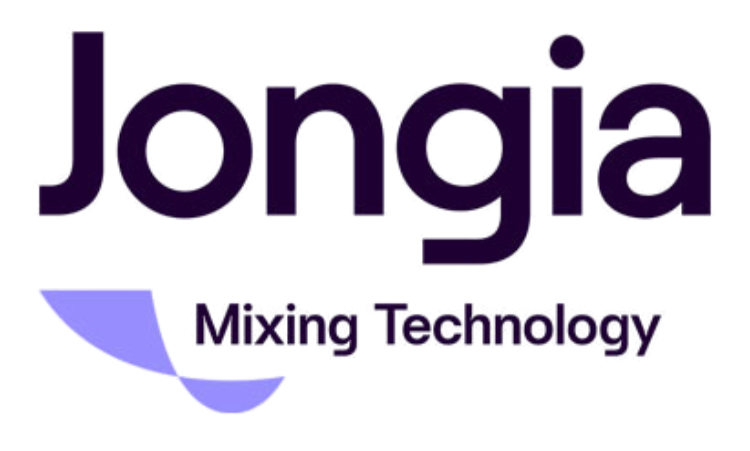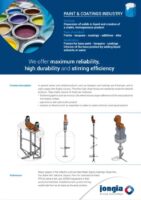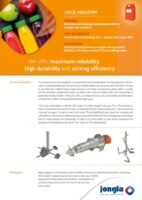Heavy Duty Top Entry Agitators
Types: HD
Examples of heavy duty applications are hydrogenation, bio digesters, chemical reactors, resins.
Characteristics for heavy duty agitators and mixers are:
- Mixing applications where higher forces are required
- Very large tank volumes where a bottom bearing is not applicable
- Highly viscous fluids exceeding even 100.000 cP
- High pressure tanks (exceeding even 100 bar)
- Temperatures exceeding 250 °C
- Shaft supported by double bearing section completely absorbing radial and axial loads
- Flexible coupling between drive and mixer shaft
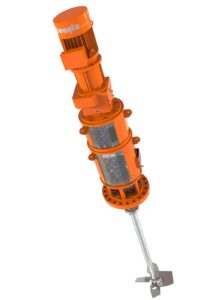
| Heavy Duty Top Entry | |
|---|---|
| Motor power | 15 kW – 200 kW |
| Materials | Stainless Steel 304, 316 L, Carbon Steel, Duplex (Super), Hastelloy C4 or C2000, Titanium Grade 2 or 7 |
| Coatings | C3, C4, C5 of C5M |
| Surface wetted parts | Ground until Ra < 0,4 µm, handpolished till <0,2 μm or electropolished, rubber lined, PTFE or HALAR |
| Explosion proof (ATEX) | Ex zone 0, 1 or 2 for gas, 21 or 22 for dust or Non-Ex version |
| Accessories | Swing out device, lifting device, gear drives (all brands), V-belt or gear driven, all kinds of sealing systems, sterile versions, mobile or stationary versions, adapted flanges to vessel |
HD agitators
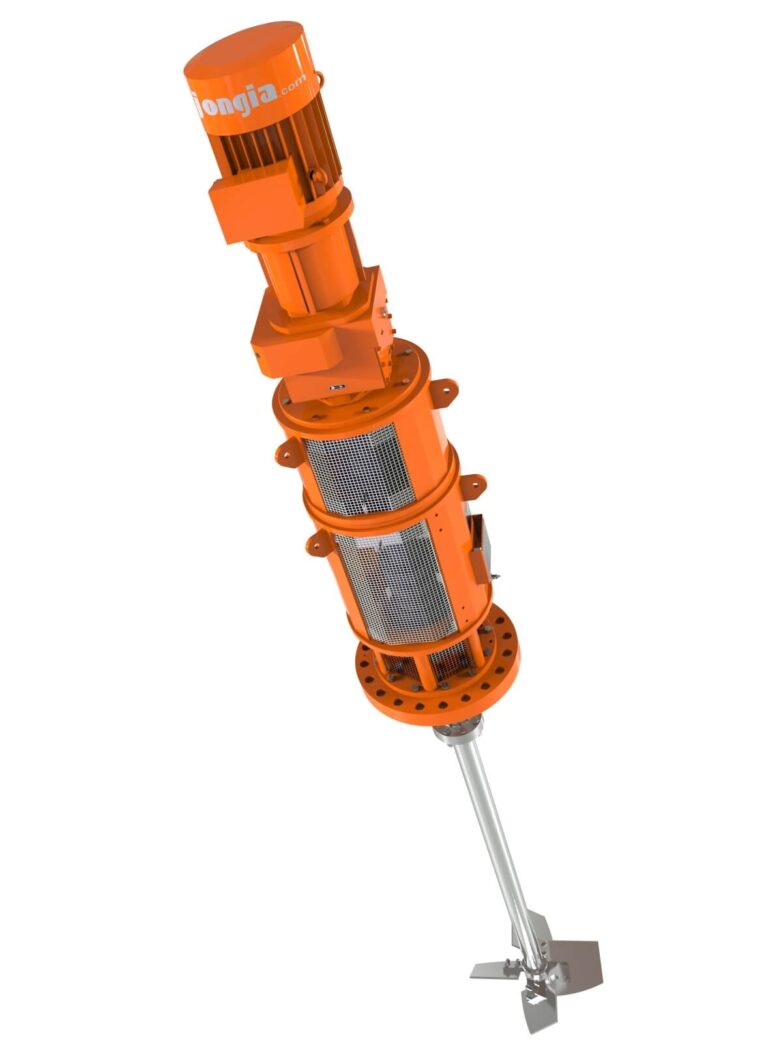
Jongia’s HD type agitator is designed for heavy industrial applications. Its modular construction allows easy mounting of all kinds of shaft seals, whichever seal is required.
Radial and axial loads on the drive are completely absorbed by a separate double bearing section and the flexible coupling connecting the mixer shaft to the drive. The HD industrial mixer has a rigid torsion-free mixer housing. An optional spacer coupling in the mixer housing allows fast and simple seal replacement without removing drive or mixer shaft.This robust construction and the precision of its running characteristics guarantee the durability of the shaft seal.
Applications Heavy Duty Top Entry Agitator – HD
Frequently Asked Questions
What are Heavy Duty Top Entry Agitators used for?
Heavy Duty Top Entry Agitators are specifically designed for challenging applications such as hydrogenation, bio digesters, and chemical reactors. They excel in mixing processes where high forces and volumes are necessary, particularly for highly viscous fluids.
What materials are Heavy Duty Top Entry Agitators made from?
The agitators can be constructed from various materials including Stainless Steel 304, 316 L, Carbon Steel, Duplex Super, Hastelloy C4 or C2000, and Titanium Grades 2 or 7. This selection ensures durability and resistance to harsh environments.
What is the power range of the motors used in these agitators?
The Heavy Duty Agitators are powered by motors ranging from 15 kW to 200 kW. This range allows them to handle the demanding energy requirements associated with heavy industrial mixing applications effectively.
How do Heavy Duty Top Entry Agitators handle heavy loads?
These agitators feature a double bearing section designed to absorb both radial and axial loads, ensuring stability and performance under high pressures and large volumes. The flexible coupling enhances this design by connecting the mixer shaft to the drive securely.
Are there any explosion-proof versions of these agitators?
Yes, Heavy Duty Top Entry Agitators can be configured as explosion-proof (ATEX) versions suitable for Ex zones 0, 1, or 2 for gas, and 21 or 22 for dust. There is also a Non-Ex version available for safer environments.
Contact our specialized team for all your questions

Tom Pruymboom
Sales Director
Area Worldwide

Bart Brouwer
Area Sales Manager
Area Worldwide
Top Entry Agitator Articles
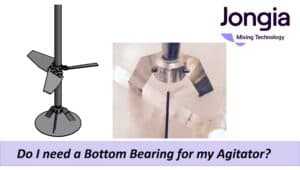
Do I need a Bottom Bearing for my agitator?
Do I need a Bottom Bearing? The installation of a bottom bearing is not mandatory. While it offers certain advantages, there are also drawbacks to consider. It is important to note that the bottom bearing functions more as a displacement

Fermentation & Bioreactor Mixing Process
Bioreactors and Fermenters are culture systems to produce cells or organisms. They are used in various applications, including basic research and development, and the manufacturing of biopharmaceuticals, food and food additives, chemicals, and other products. A broad range of cell types and organisms can be cultivated in bioreactors and Fermenters, including cells (like mammalian cell lines, insect cells, and stem cells), microorganisms (like bacteria, yeasts, and fungi), as well as plant cells and algae. The words “Bioreactor” and “Fermenter” are basically the same thing.
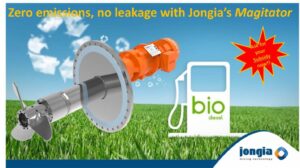
Biodiesel blending with zero leakage!
Fuel blending is a critical component of biodiesel production. A properly blended fuel can increase energy efficiency, reduce emissions and improve performance. However, it can be difficult to achieve consistent fuel quality during blending due to differences in storage tanks,
